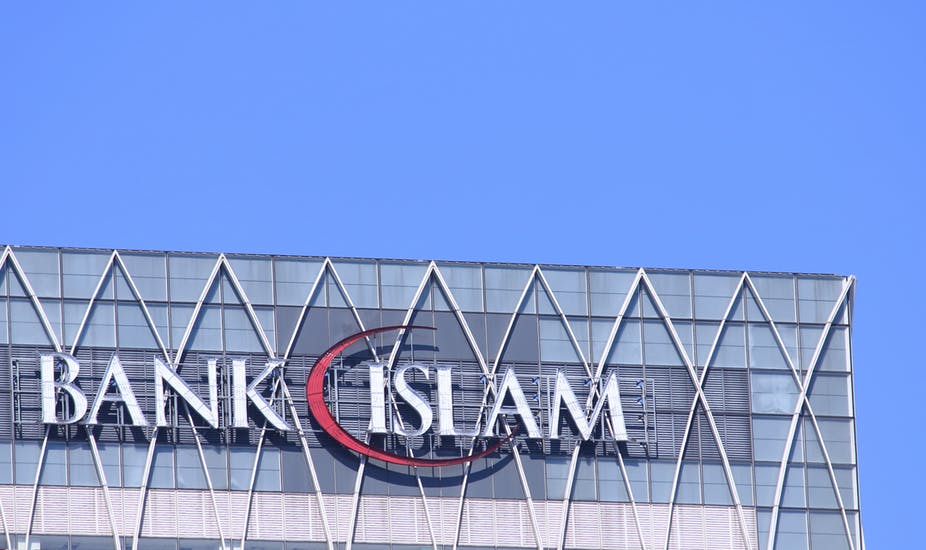Size matters in banking in more ways than one. As an industry with extensive economies of scale and huge overheads, volume is key.
To be cost competitive, the high fixed costs need to be spread out over a large number of transactions. This necessitates a substantial size.
Economics aside, size is also important because banking revolves around faith and confidence. Thus, being big with plenty of assets and an extensive footprint certainly helps with perception.
Even so, as with all things in economics, there are trade-offs. When banks get too large, two things can happen.
First, over expansion can, and will, cause efficiency to fall. This can translate into higher management and administrative costs, lower quality of credit provided, and so, lower profitability.
While these are internal factors, there can also be external pressures that arise when a bank gets too big.
Given the recent experience with bank induced systemic risks and financial crises, regulators fret when a bank gets to be too big.
Due to the interlocking nature of the banking business, if a big bank trips up, it has the potential to bring down the entire banking system.
In such cases the government is obliged to save the bank in order to avoid a systemic crisis. Thus, the term “too big to fail”.
Unfortunately, the moral hazard surrounding the too big to fail phenomenon is so extensive that it is now deemed unacceptable by regulators.
So, while size is important in banking, there clearly are trade-offs. On the one hand, banks have to be of a size large enough to reap the economies of scale and benefit from the cost efficiencies, while on the other hand, they should not be too big to be a potential for systemic risk.
From a policy viewpoint, what this implies is that there may be an optimal size. While there have been studies that examined the issue of optimal bank size and the consequences of an inappropriate size, they have mostly been in the context of developed countries.
There has been little work on bank size in developing countries and even less for the Islamic banks therein.
To address this, a recent study at the International Centre for Education in Islamic Finace or INCEIF examined 249 banks across 12 developing Islamic countries with dual banking systems. The sample included 63 Islamic banks across the 12 countries.
Aside from examining the impact of size on performance, the study addressed two key questions.
First, does bank size have the same impact on the performance of Islamic banks as it does for conventional ones?
Second, are the Islamic banks of an appropriate size to be competitive or could they be too small to succeed?
A bank’s asset size was compared relative to its profitability and cost efficiency.
Across all 249 banks, the results show a clear trade-off. Banks with asset size below US$2 billion (RM8.22 billion) would not be cost efficient even if they may be making some profits.
Efficiency begins to rise when banks reach an asset size of about US$2 billion. Both cost efficiency and profitability continue rising as asset size grows; however, as asset size gets beyond US$5 billion, profitability peaks, turning down sharply beyond about US$7 billion.
The sizes here seem small, mainly because the sample constitutes banks from developing Islamic countries.
Still, the trade-offs seen here appear to be the same as those documented for developed country banks, only of a larger scale.
From a macro-policy viewpoint, this trade-off can be diminished by improvements in financial system infrastructure and prudential oversight.
The fact that developed country banks have been documented to have much higher optimal sizes than those found in this study, has to do with the better developed financial system infrastructure and more effective oversight.
Interestingly, within the Islamic banking space, the study finds the sector is characterised by a large number of small banks competing more among themselves than with their conventional peers.
It appears that Islamic banks, given their smallness, are clearly disadvantaged when it comes to economies of scale.
The situation is worsened by the extensive compliance costs that further disadvantage small banks.
Islamic banks may also be handicapped by technology which, given the heavy upfront investment, require a substantial bank size to be justifiable.
The study clearly points to the fact that many, if not most, of the Islamic banks in developing countries may be too small to be competitive or to contribute meaningfully to their economies.
For policymakers in countries with Islamic banks within their dual banking systems, their challenge may not be to prevent too big to fail, but rather to ensure the Islamic banks are not too small to succeed!
By Prof. Dr. Obiyathulla Ismath Bacha
*This article first appeared in The Malaysian Reserve on 15 July 2019.
Image: www.shutterstock.com


